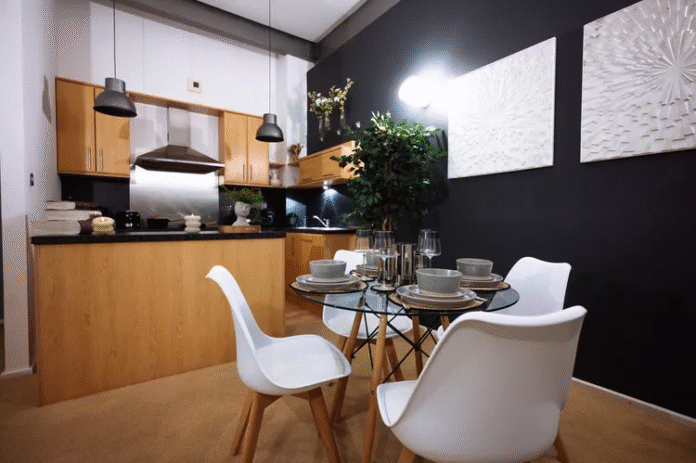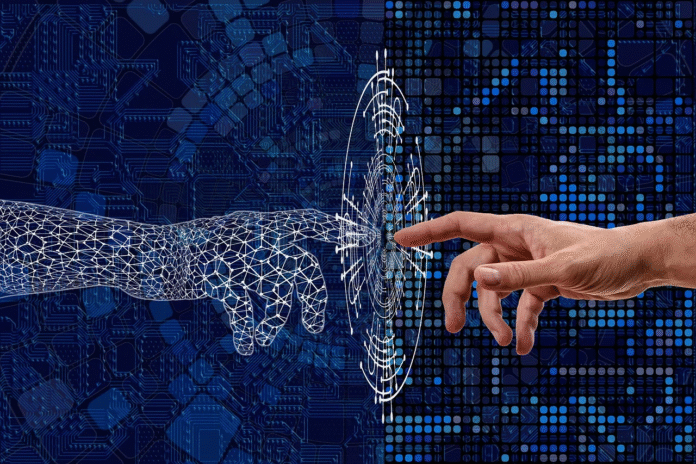
What happens when artificial intelligence and human creativity collide? The answer is “Extraordinary Things,” a groundbreaking creative project by Yashas Mitta that explores the wild, uncharted territory where AI-generated surrealism and human artistry meet. This innovative venture isn’t just about observing AI’s capabilities; it’s about co-creating futuristic, mind-bending objects that blur the lines between the digital and the tangible.
Picture this: objects so bizarre and beautiful they could have been pulled straight from a science fiction novel or your most fantastical dream. Think of Salvador Dalí teaming up with a cutting-edge AI—what would they create? Something strange, captivating, and decidedly otherworldly, of course. And that’s exactly what Extraordinary Things offers.
But here’s where it gets even more exciting: This is not a passive experience. Extraordinary Things goes beyond showcasing digital art and invites artists, creators, and makers to transform these AI-generated visions into physical, interactive forms. Whether it’s a 3D model, an immersive installation, a unique fashion piece, or a piece of music, the project invites everyone to take these unconventional ideas and bring them into the real world.
A Collaboration Between Humans and Machines
The genius of Extraordinary Things lies in the seamless collaboration between human ingenuity and AI’s vast creative potential. AI may be known for its computational prowess, but here, it serves as an artistic partner, generating designs that are often as strange as they are stunning. The process becomes a dance between the limitless imagination of the human mind and the often unexpected outputs of machine learning algorithms.
These AI-generated designs are no mere digital concepts to be admired from afar. They are blueprints for a future where creativity has no boundaries—objects like floating chairs, plant sculptures from alien worlds, or geometric forms that defy the conventional laws of nature. If you’ve ever dreamed of creating something that challenges what we know about art, design, or even physics, this is your chance.
The Website: A Portal Into the Imagination
Let’s talk about the website—because it’s not just a place to view projects; it’s an immersive experience in itself. From the moment you land on the site, you’re greeted with smooth scrolling, rich visuals, and a clean, sleek design that makes navigation feel almost effortless. It’s easy to get lost in its virtual space, much like wandering through a futuristic art gallery. The experience doesn’t just stop at the content; the website is part of the allure.
The interface is user-friendly and inviting, ensuring that visitors feel at ease while exploring the surreal, AI-crafted designs. Every scroll and click seems intentional, as though the website is coaxing you deeper into the project’s imaginative world. In a way, the site becomes more than just a display; it’s a full-fledged part of the creative experience.
The Power of Community and Collaboration
While the designs themselves are striking, what truly sets Extraordinary Things apart is the sense of community it fosters. It’s not just about admiring the work from a distance; it’s about engaging with it, contributing, and taking part in the creative process. The project actively encourages anyone—from professional artists to hobbyist designers—to jump in and collaborate. Whether you have experience working with AI tools or simply a passion for unique and unconventional design, there’s room for you to contribute.
In a time when technology often feels impersonal, Extraordinary Things offers an opportunity to see how it can be used as a tool for collective creativity. The project brings together a diverse group of artists, designers, and makers who share a common goal: to take the surreal and impossible and make it a tangible reality. In this space, technology isn’t a replacement for human creativity; it’s a catalyst for it.
A New Era of Digital and Physical Art
What makes this project truly stand out is its exploration of what happens when digital concepts break free from the confines of the screen. AI-generated art often exists solely in virtual space, but Extraordinary Things challenges this limitation. It invites creators to break the fourth wall and bring these designs into physical existence. Imagine a world where technology and human skill merge to create art that isn’t just viewed on a screen but experienced and interacted with in the physical world.
This fusion of digital and physical also speaks to the future of design itself. In the near future, what we consider “art” may no longer be confined to traditional media. It may involve 3D printing, augmented reality, or other technologies that allow us to engage with and manipulate these futuristic concepts in ways we can’t fully anticipate yet. But projects like Extraordinary Things are planting the seeds for this new reality, opening up possibilities for both creators and audiences alike.
The Invitation: Join the Movement
Extraordinary Things isn’t just a project—it’s an invitation to participate in the future of creativity. The intersection of AI and human collaboration opens up endless possibilities, and this is your chance to explore what that future could look like. Whether you’re an artist looking for inspiration, a designer seeking new challenges, or simply someone who loves to see new forms of art and design take shape, Extraordinary Things welcomes all.
The project is a celebration of imagination, technology, and the human spirit. It’s about breaking free from conventional design norms and embracing the bizarre and beautiful possibilities that AI brings to the table. As the boundaries between digital and physical continue to blur, Extraordinary Things is here to lead the way, showing us what’s possible when we let go of the ordinary and explore the extraordinary.
So, if you’ve ever wanted to see what happens when technology and human creativity join forces, now’s your chance. Extraordinary Things is not just a project—it’s a glimpse into a future where the impossible becomes real, and we’re all invited to join in the journey.











